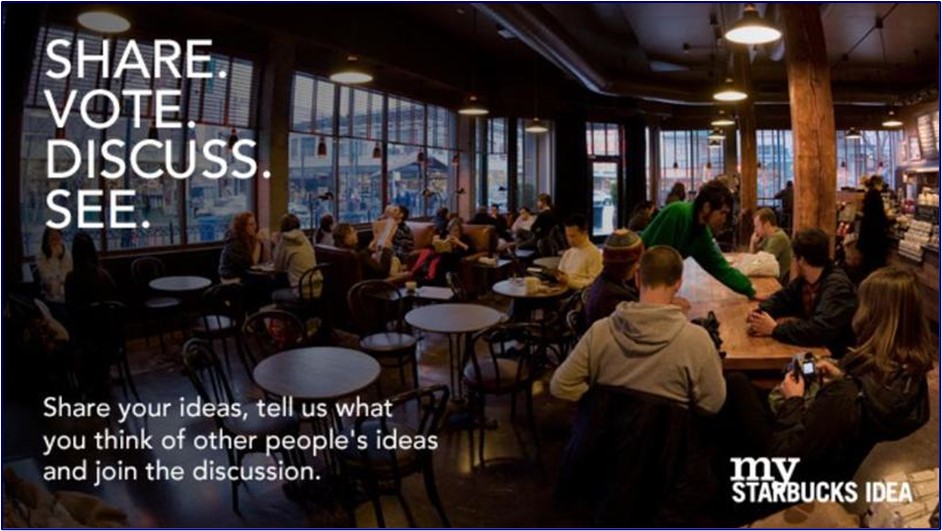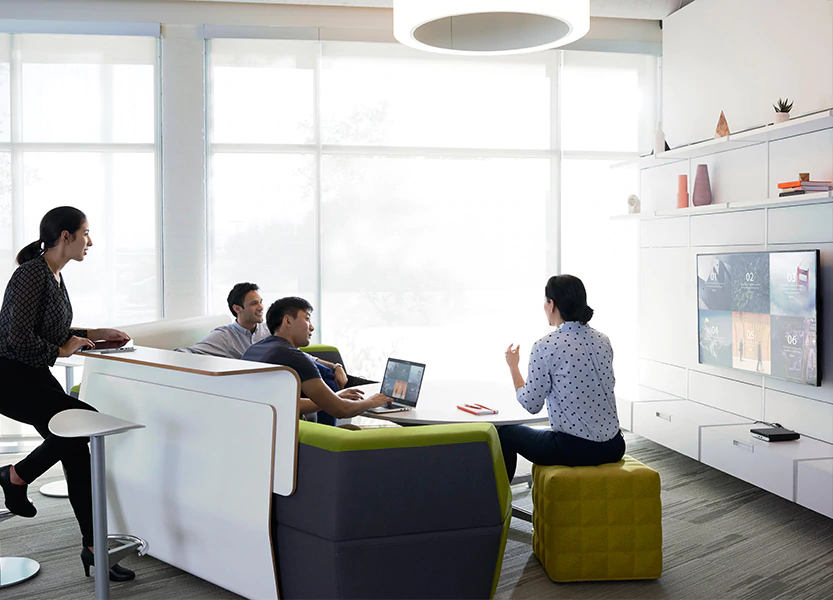Physical spaces are increasingly understood as the catalysts for new ways of seeing and thinking. They often inspire new perspectives and open up our mental pathways to see new possibilities. As a result, the built environment into which one immerses their innovators has a profound impact on their psychological tendency, and their practical ability, to collaborate and to innovate.
Gone are the days of dull, grey work spaces — the old "institutional" world. Today, workers need to feel as though they've brought their own living rooms and favorite cafes into the office, so that they can be physically relaxed but mentally focused on the innovation challenges at hand, and so that they can do this as small teams working in community. This we call "homing from work."
At Legacy Innovation Group, we've spent years studying and observing the built environment… constantly striving to find those special pieces that bring workspaces to life with the ability to inspire people to great things. After many such years of study and observation, we distilled our insights into a proprietary model of interaction and collaboration that – through the element of the built environment – empowers organizations and their work teams to produce the maximum caliber of innovation.
We call this the Dynamics of Innovation Design Guide, or Dynannova.
We use Dynannova to design unique built environments for businesses that are conducive to producing world-class innovation. These environments typically have both singular and communal elements, as both are critical to overall effective innovation work. Examples of such spaces include Innovation Labs, general collaboration workspaces, design studios, skunkworks labs, and more.
Thus no matter your specific objectives, and no matter where you wish to implement a particular innovation space, we know how to design that space so that it is uniquely capable of accomplishing those objectives. Given that great innovation spaces have certain very unique and specific requirements, we leverage our knowledge of those requirements to fine-tune precisely what is needed in each particular situation – down to every detail like space size / shape / arrangement / lighting / furniture / colors / and so on. This applies whether the design is of a monolithic space, of a compartmentalized space, or of a mixture of the two, as is most often the case. The end result is a physical environment that both facilitates and inspires a precise type of work and outcome, and that inherently maximizes the level of innovation being produced. And that has a major impact on the future trajectory of any business.
The Innovation Spaces Engagement typically follows these steps:

CEOs come and CEOs go. Some are excellent. They generally ‘get it’. Others not so much. They really ‘don't get it’. What makes the difference between these?
READ MORE
There's an insidious debate that's bounced around for probably the better part of twenty years now. It's the debate of whether or not ‘innovation is everyone's job’...
READ MORE
Innovation Spaces – which can refer to any space intentionally designed to foster and facilitate good innovation work – come in all sorts, shapes, and sizes...
READ MOREWe partner with committed business leaders to make their organizations the driving forces in their markets.
CONTACT USSign up for our newsletter.
NEWSLETTER SIGN-UP